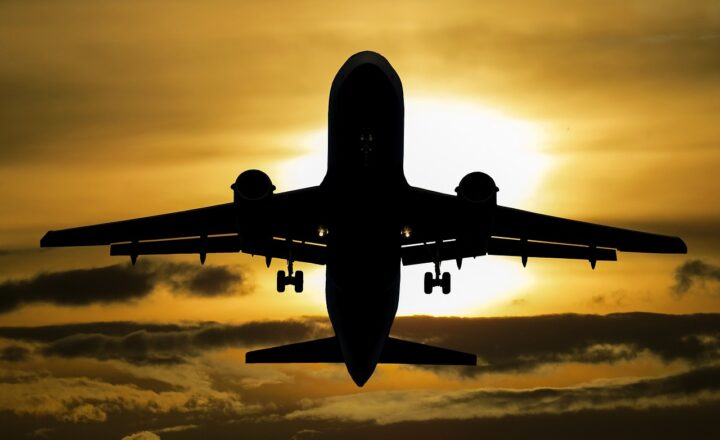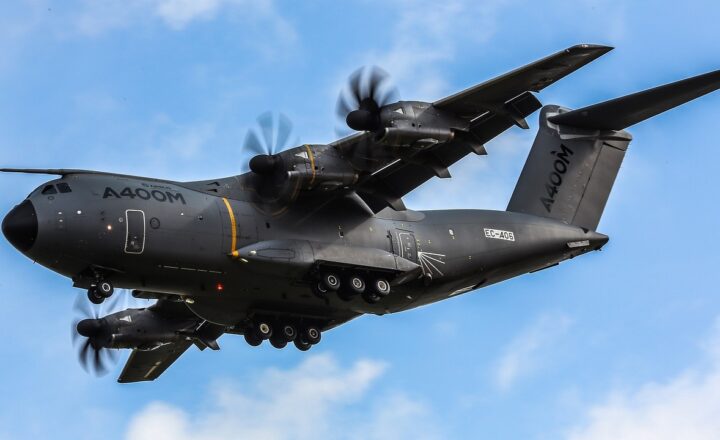Flying High: The Evolution of Airplane Technology from the Wright Brothers to AI
November 19, 2024

The story of aviation is one of human ingenuity and vision, spanning over a century. From the first powered flight by the Wright brothers in 1903 to the advent of artificial intelligence in modern aircraft, the evolution of airplane technology has been a tale of innovation, persistence, and breakthrough inventions. In this article, we will take a deep dive into the remarkable journey of aviation, exploring pivotal moments in airplane technology and how they have shaped the way we travel today.
1. The Dawn of Aviation: The Wright Brothers’ Breakthrough
The Wright brothers, Orville and Wilbur, are credited with inventing, building, and flying the world’s first successful motor-operated airplane. On December 17, 1903, they achieved their dream with the Wright Flyer, which made its first powered flight at Kitty Hawk, North Carolina. This small, unassuming aircraft traveled just 120 feet in 12 seconds but marked the beginning of a new era in transportation.
The key innovations that made the Wright Flyer possible included:
- Wing Shape and Control: The Wright brothers discovered through extensive glider experiments that altering the shape of wings could generate lift. They also invented a system for controlling the airplane, including wing-warping, which allowed for effective turns and stability at low speeds.
- A Lightweight Engine: They designed a lightweight, four-cylinder engine, which was crucial for achieving powered flight while balancing the overall weight of the aircraft.
The Wright brothers’ inventions laid the groundwork for future advancements in aviation technology, and their success sparked interest and investment in the field of aeronautics across the globe.
2. The Era of Innovation: 1910s to 1930s
Following the Wright brothers’ success, the aviation industry began to evolve rapidly. During the 1910s, commercial aviation started to take shape. Some key developments during this era included:
- Biplanes and Monoplanes: Aircraft designs evolved to enhance lift and speed, with biplanes dominating the early aviation landscape. However, by the 1930s, monoplanes began to emerge with greater efficiency and performance, such as the DC-3, which revolutionized commercial air transport.
- Advancements in Materials and Safety: Innovations in lightweight materials, such as aluminum, and the introduction of critical safety features, such as enclosed cockpits and improved navigation instruments, made flying safer and more reliable for passengers.
This innovation frenzy culminated in the first international commercial passenger flight undertaken by the British company Handley Page Transport in 1919, meaning aviation was not just for thrill-seekers but could serve everyday travel needs.
3. The Jet Age: Mid-20th Century Transformations
The mid-20th century witnessed the birth of commercial jet travel, marked by significant technological advancements. Notably:
- The Introduction of Jet Engines: The de Havilland Comet, the world’s first commercial jet airliner, took to the skies in 1949. Jet engines soared past piston engine aircraft in speed and performance, reducing travel times and opening up long-distance air travel to the masses.
- Advanced Navigation Systems: Developments in radar, GPS, and autopilot systems drastically improved navigation capabilities, allowing airlines to operate more efficiently and safely across greater distances, even in challenging weather conditions.
By the end of the 20th century, aviation transformed from a curious novelty into a crucial component of global transportation networks, connecting cultures and facilitating commerce around the world.
4. The Digital Revolution: Computers in Aviation
Entering the late 20th and early 21st centuries, the role of computers in aviation became increasingly significant. The implementation of:
- Fly-by-Wire Systems: This technology allowed pilots to control aircraft via electronic interfaces instead of traditional mechanical linkages, improving safety and responsiveness, while allowing for greater design flexibility and efficiency in aircraft structure.
- Advanced Flight Management Systems (FMS): Cockpits became more automated, allowing for optimized flight paths while considering factors such as fuel efficiency and air traffic control. Pilots’ roles began to shift towards supervisory duties rather than manual operation.
This digital transformation not only improved safety and efficiencies in commercial aviation but also enhanced the flying experience, allowing airlines to offer better services to passengers.
5. The Rise of AI in Aviation
As technology continues to advance, artificial intelligence is emerging as a game-changer for future aviation. Major developments include:
- Autonomous Aircraft: While fully autonomous commercial flights remain in the experimental stages, companies like Boeing and Airbus are investing heavily in developing AI-driven technology to support automated take-off, flight management, and landing, aimed at reducing human error and increasing safety levels.
- Predictive Maintenance: AI can analyze vast amounts of data from aircraft sensors to predict maintenance needs, ensuring that aircraft remain in optimal condition and enhancing operational efficiency.
- Enhanced Passenger Experience: AI is being leveraged to personalize passenger experiences, from tailoring in-flight services based on customer preferences to optimizing flight routes for minimum travel time and fuel consumption.
AI is on course to reshape how we approach aviation, promising to increase safety, efficiency, and enhance the overall flying experience.
Conclusion: The Future of Air Travel
The evolution of airplane technology is a testament to human creativity and determination. From the humble beginnings of the Wright Flyer to today’s cutting-edge AI-driven aircraft, the journey of aviation continues to inspire innovation and connect people globally. Keeping an eye on advancements in technology, especially in AI, will be key in shaping the future of air travel. As technology evolves, we can expect even more exciting developments that will redefine the bounds of aviation, making air travel safer, faster, and more enjoyable than ever before.
In a world where the skies are increasingly accessible, the possibilities for what the future holds in aviation remain limited only by our imagination. Join us on this exciting journey as we continue to explore the skies and push the boundaries of what is possible in aviation today and beyond.







